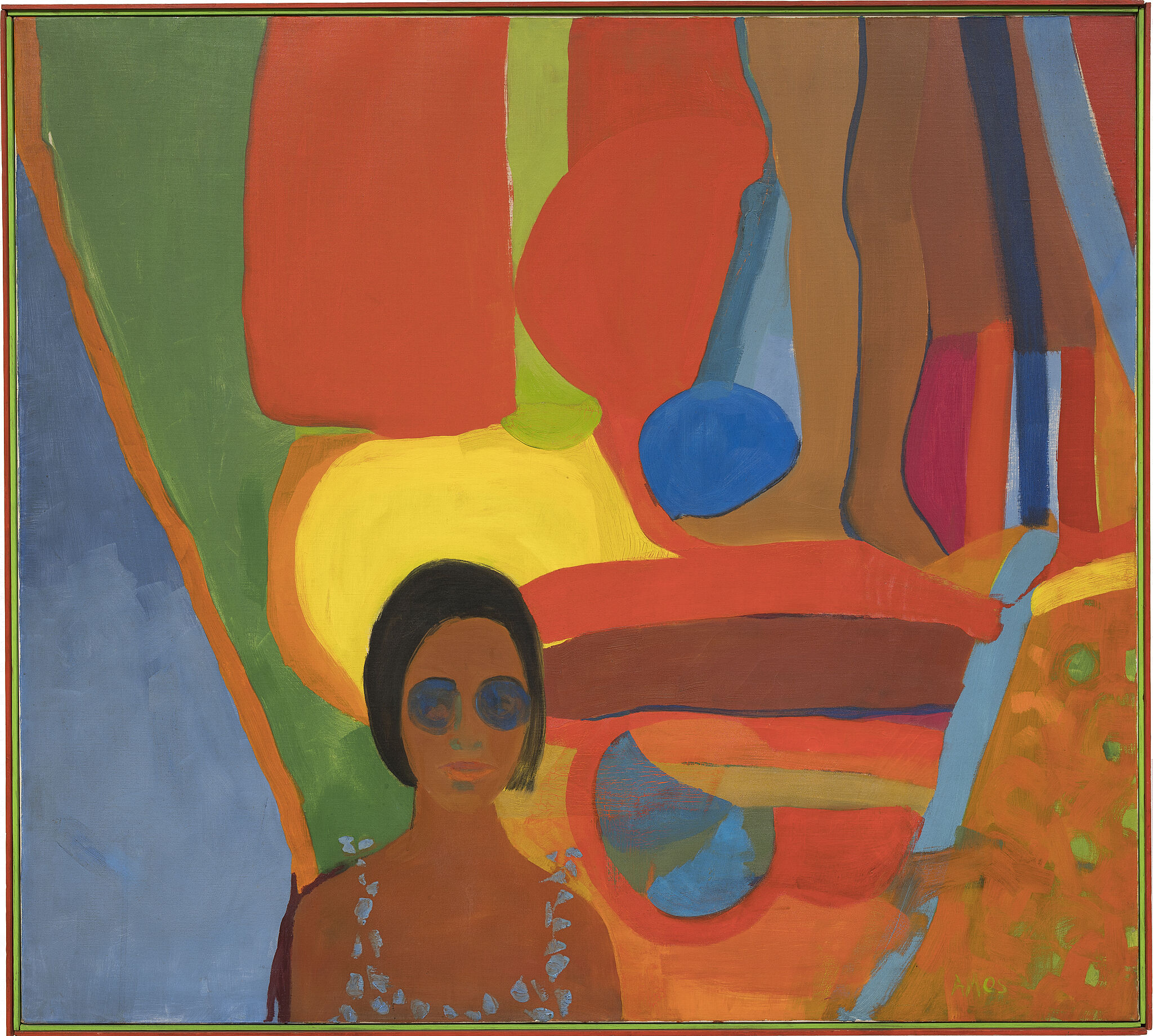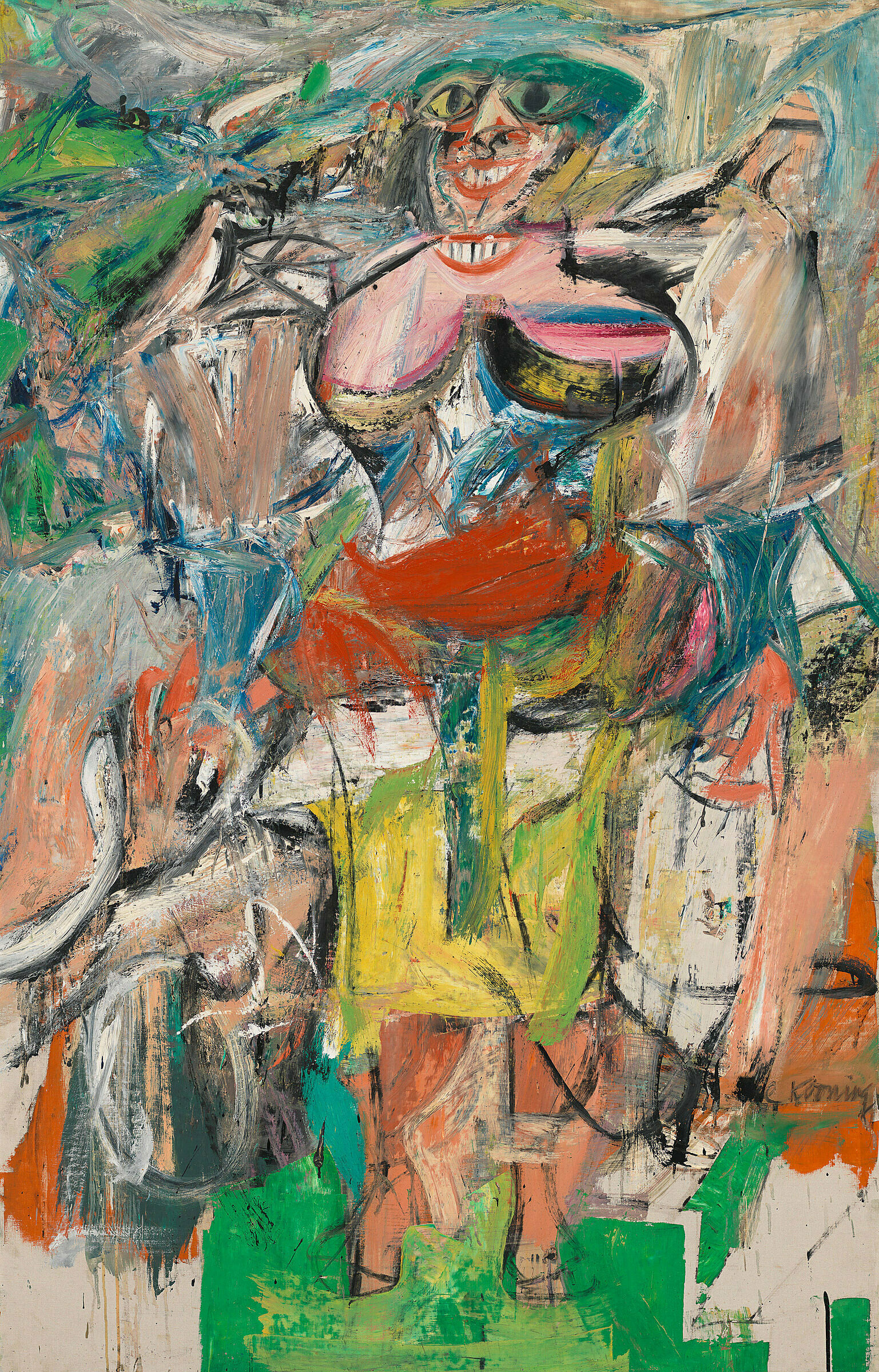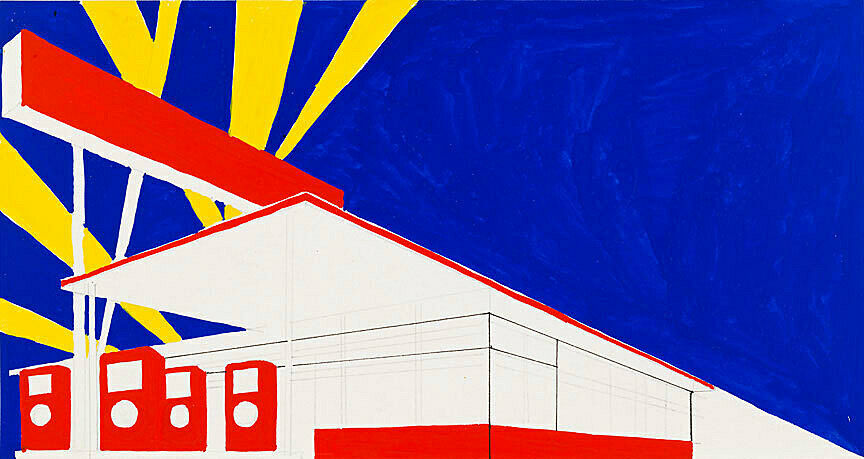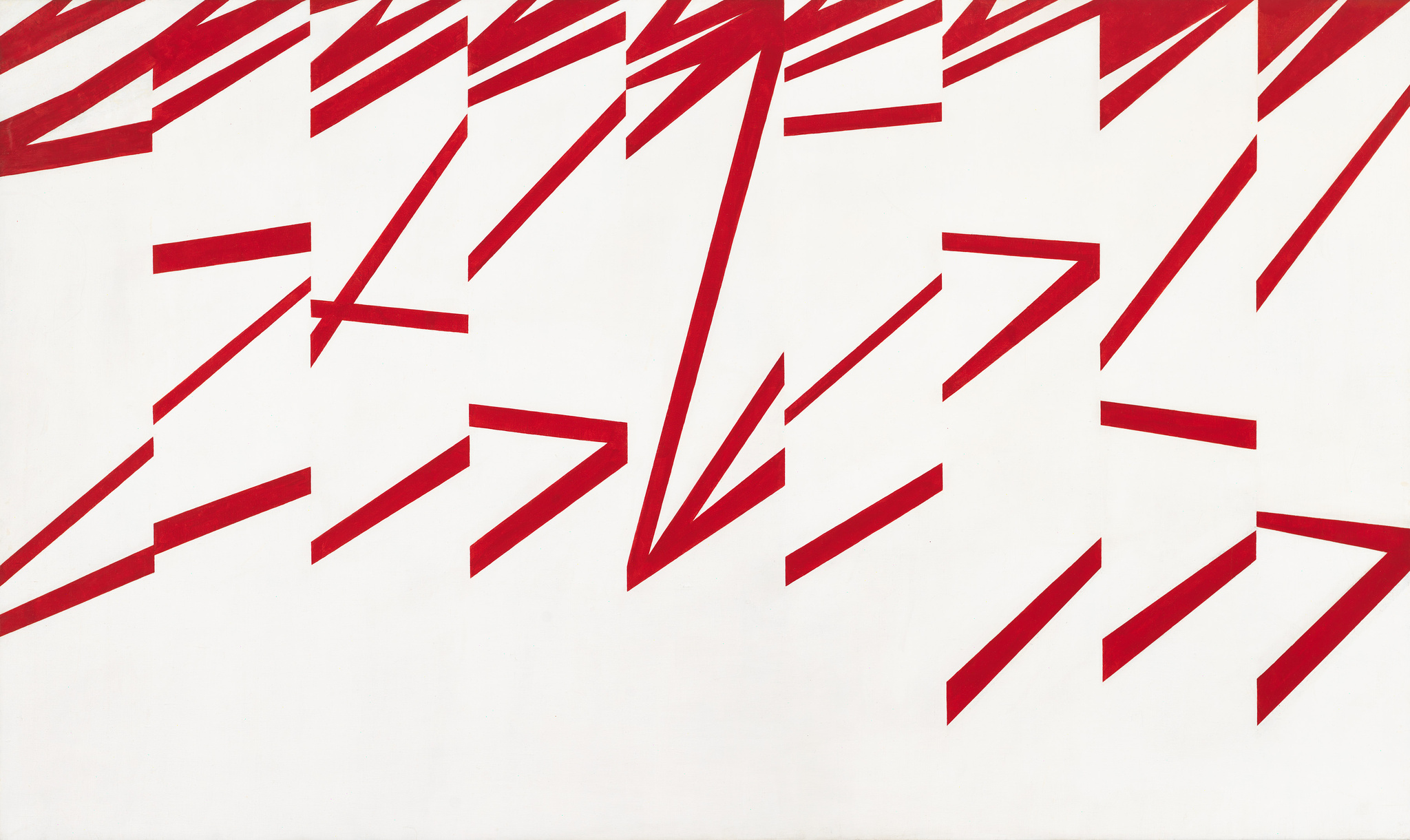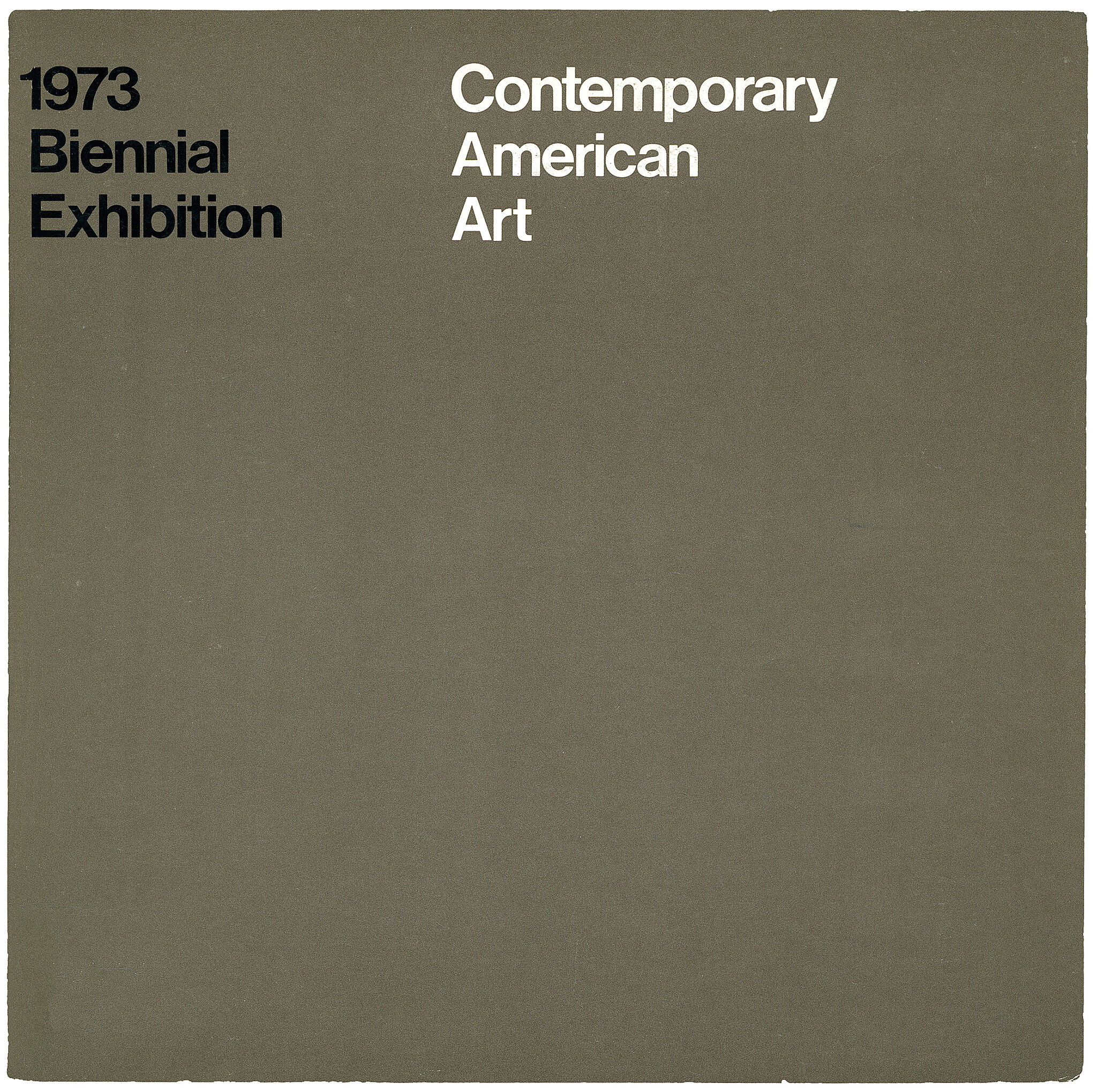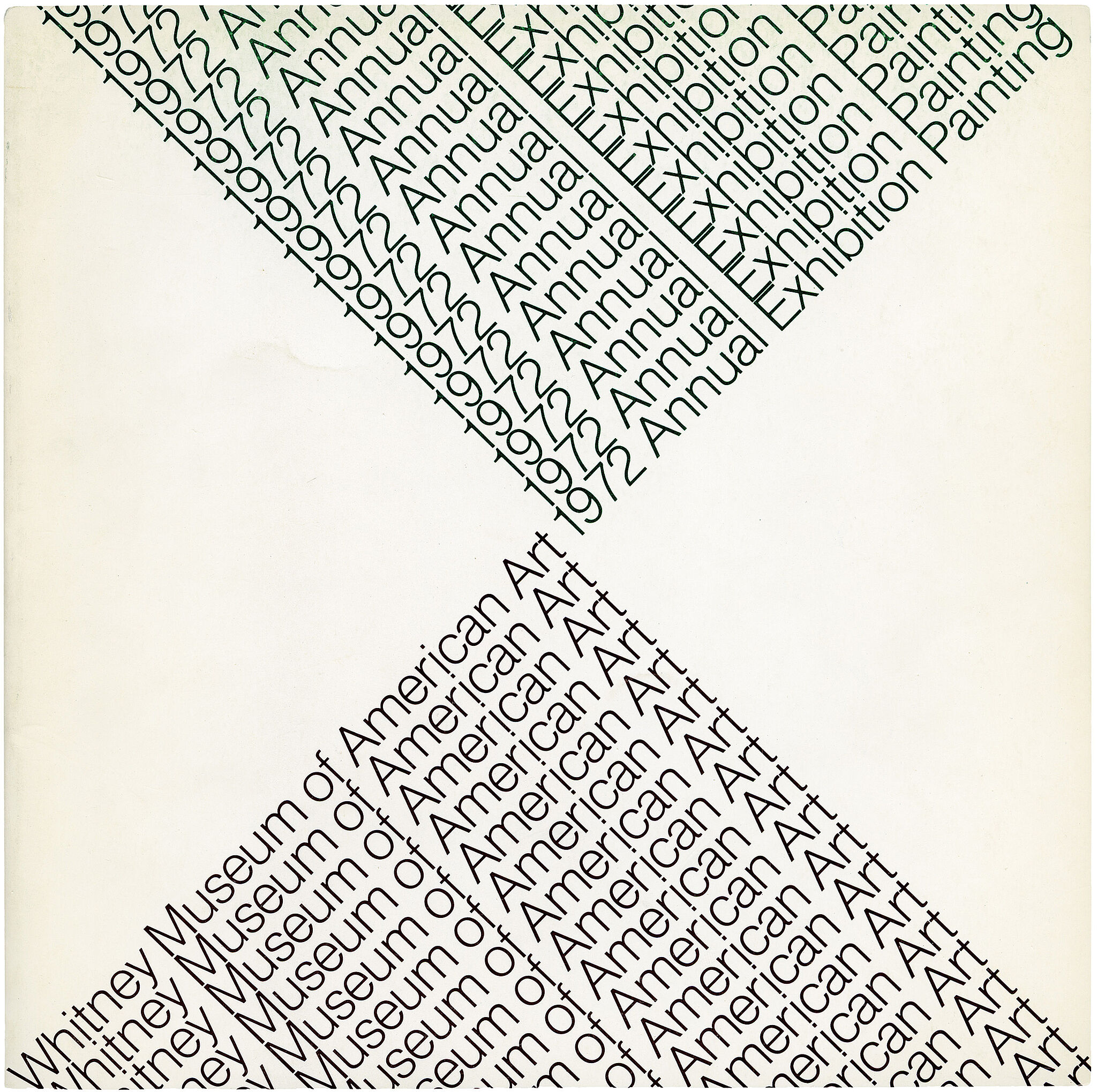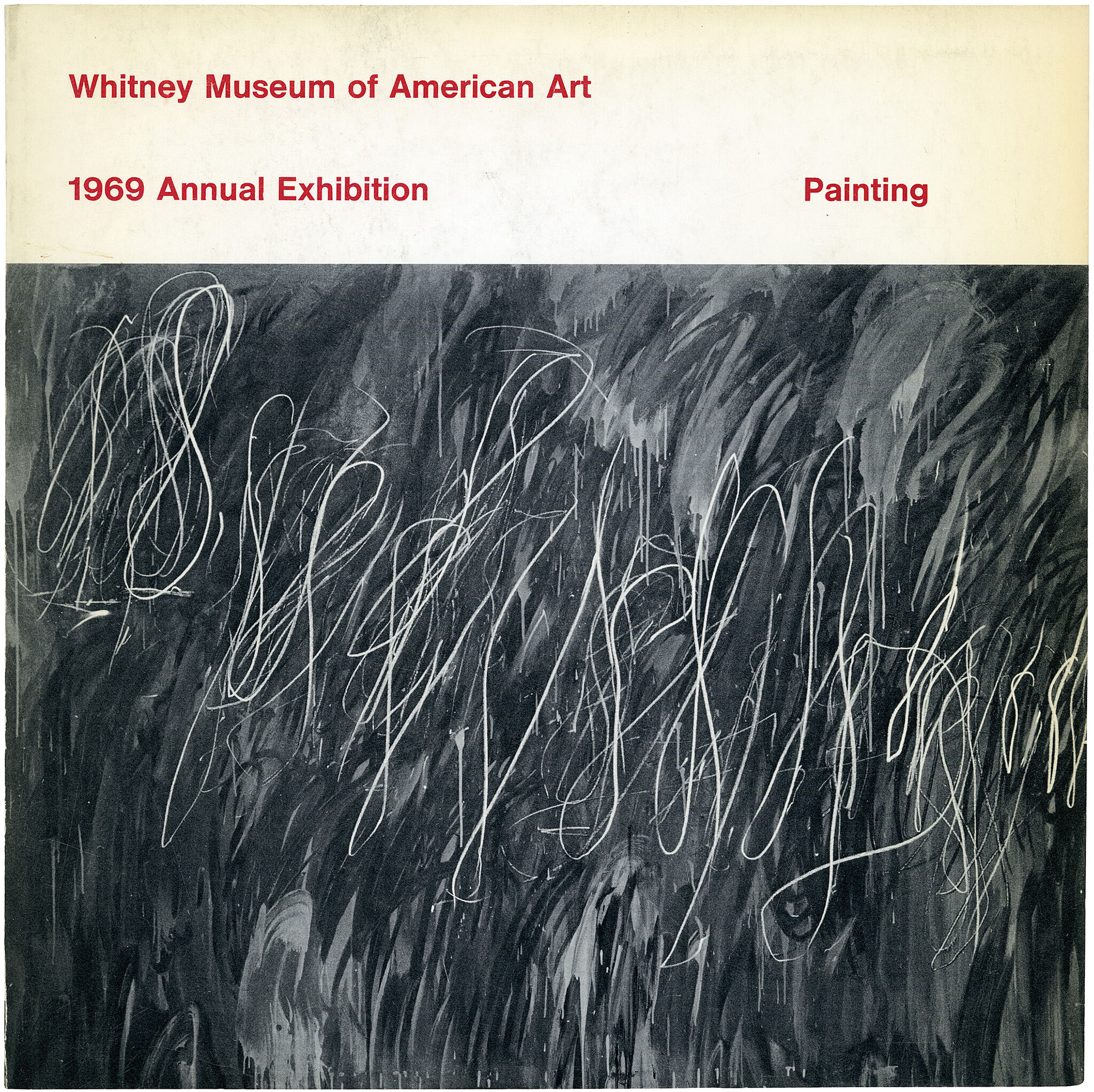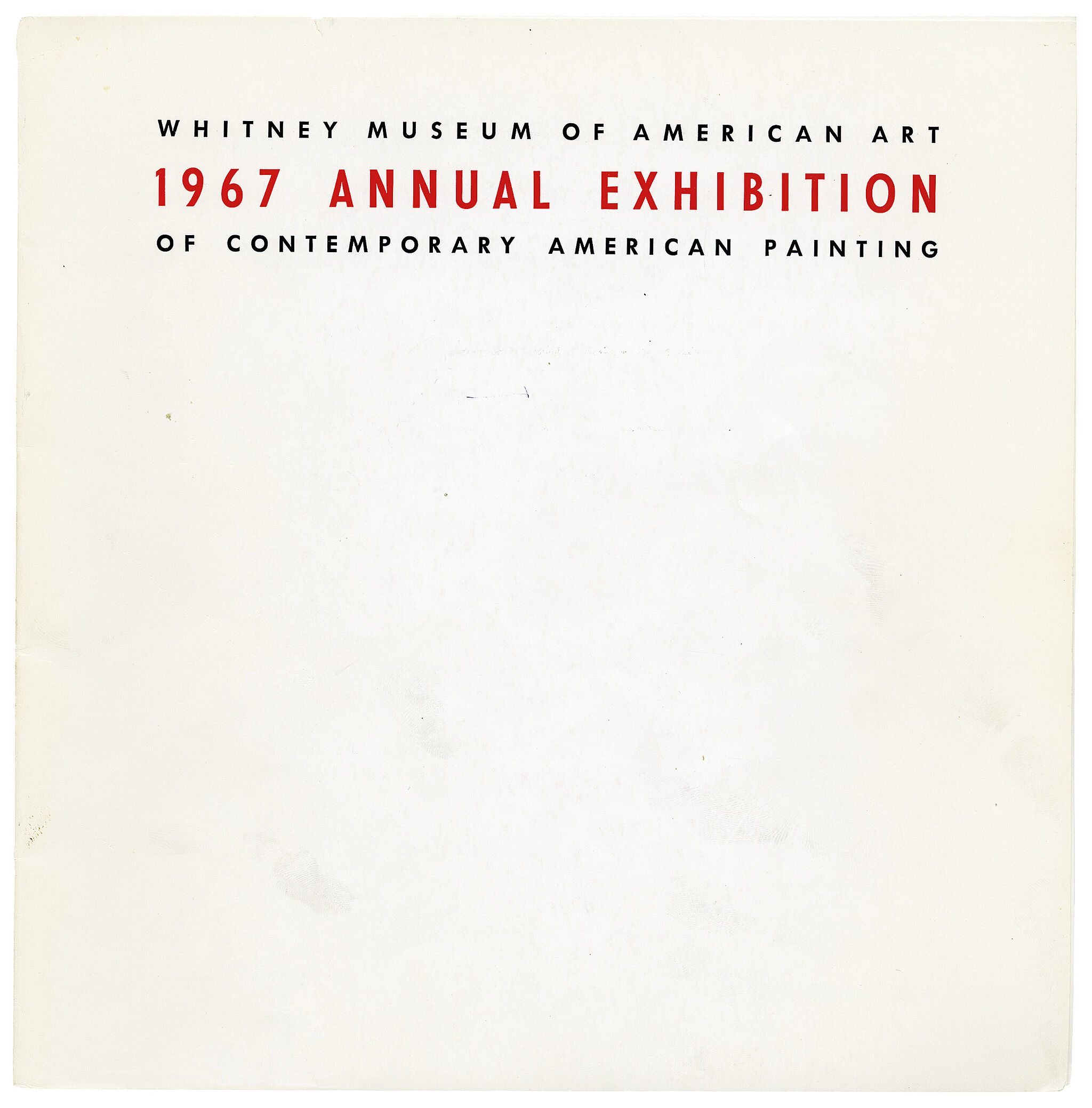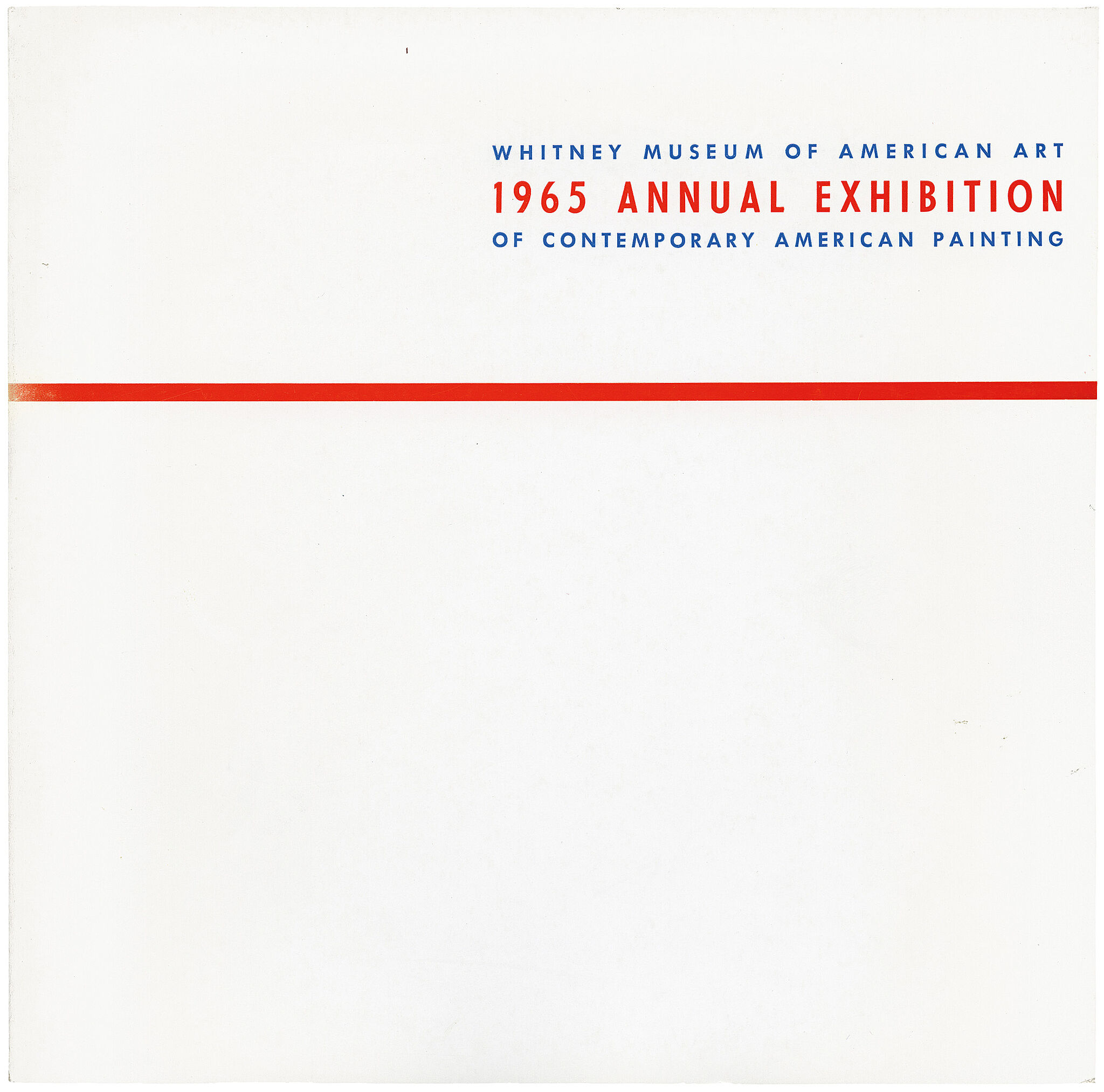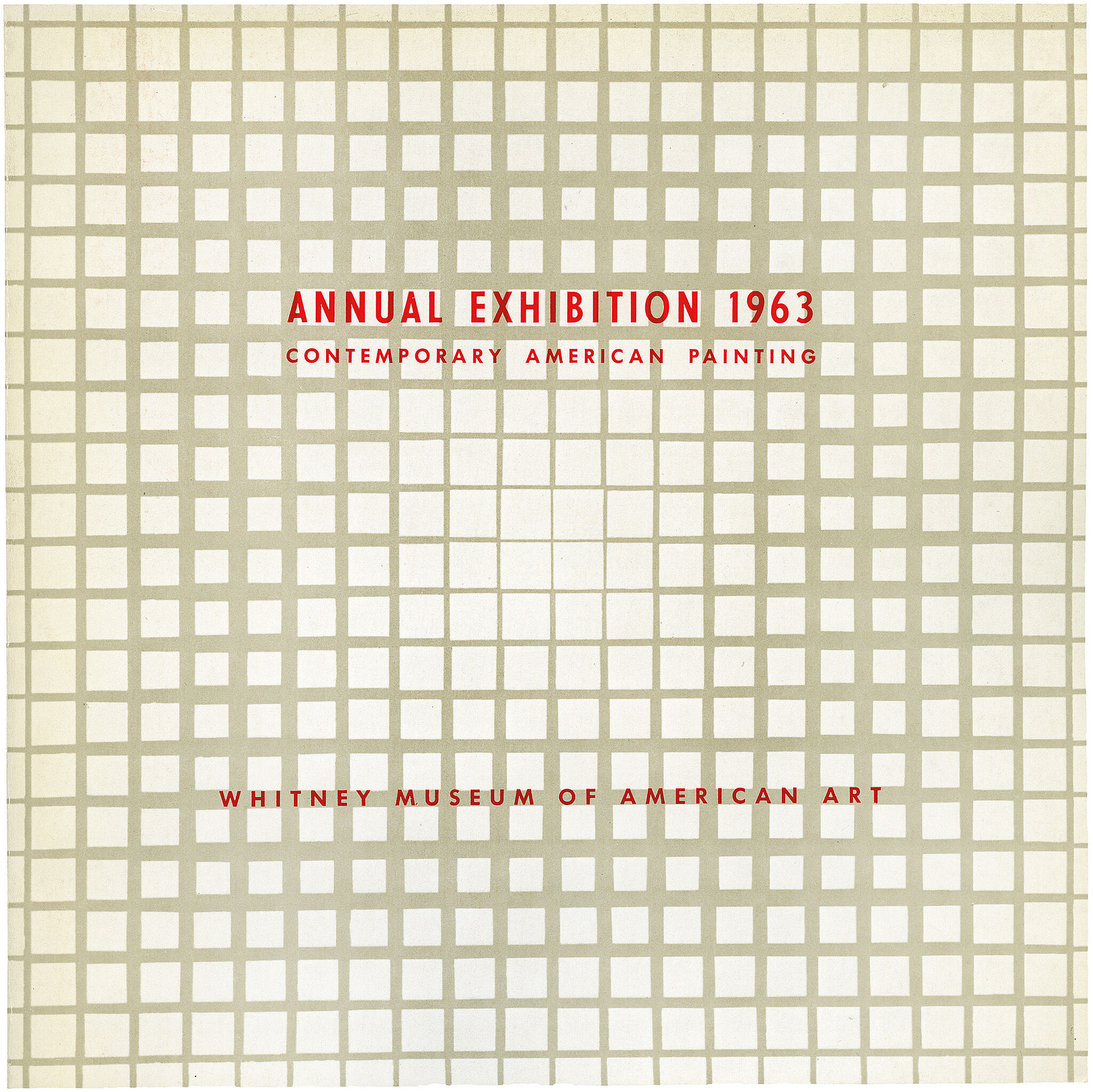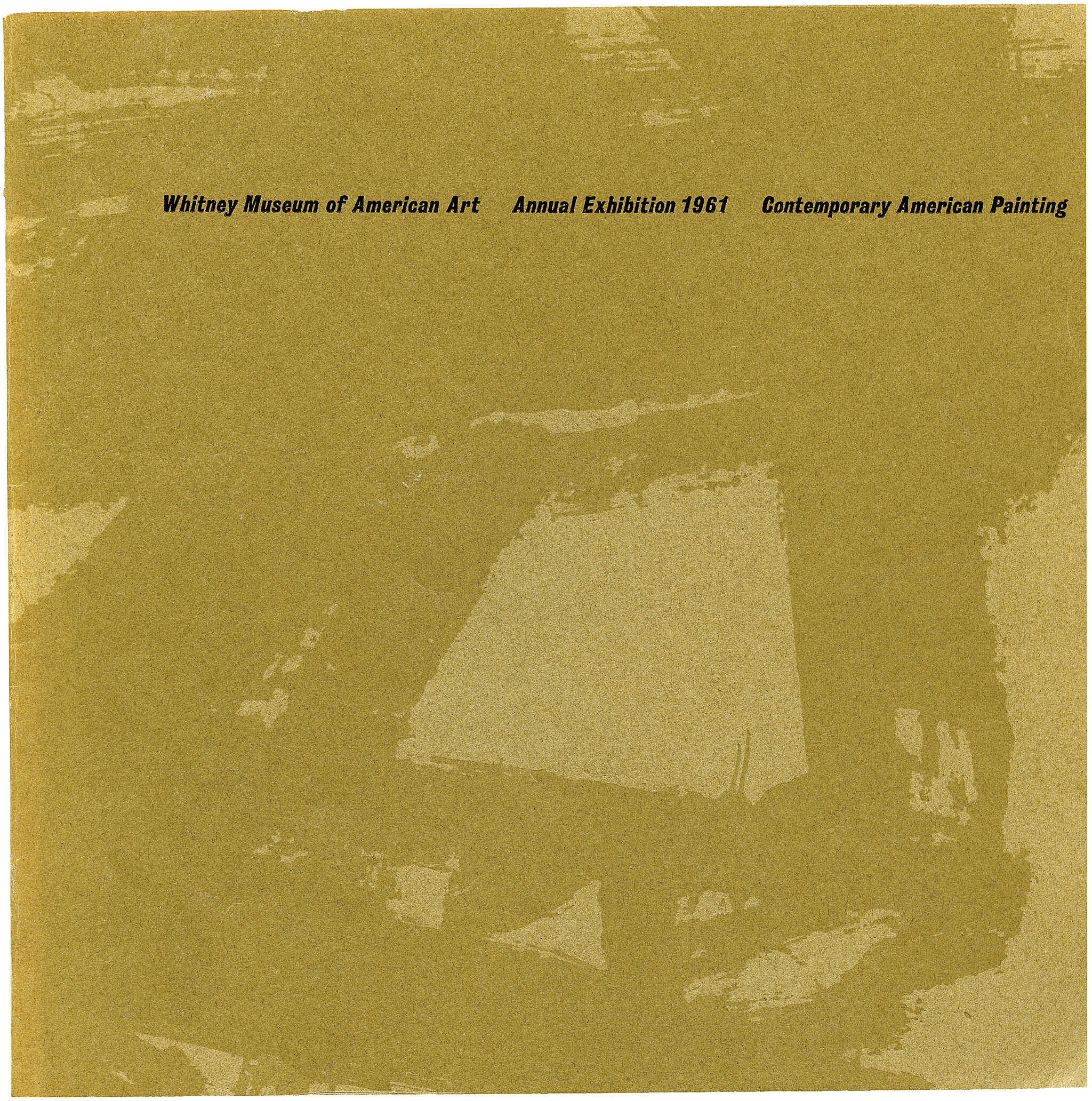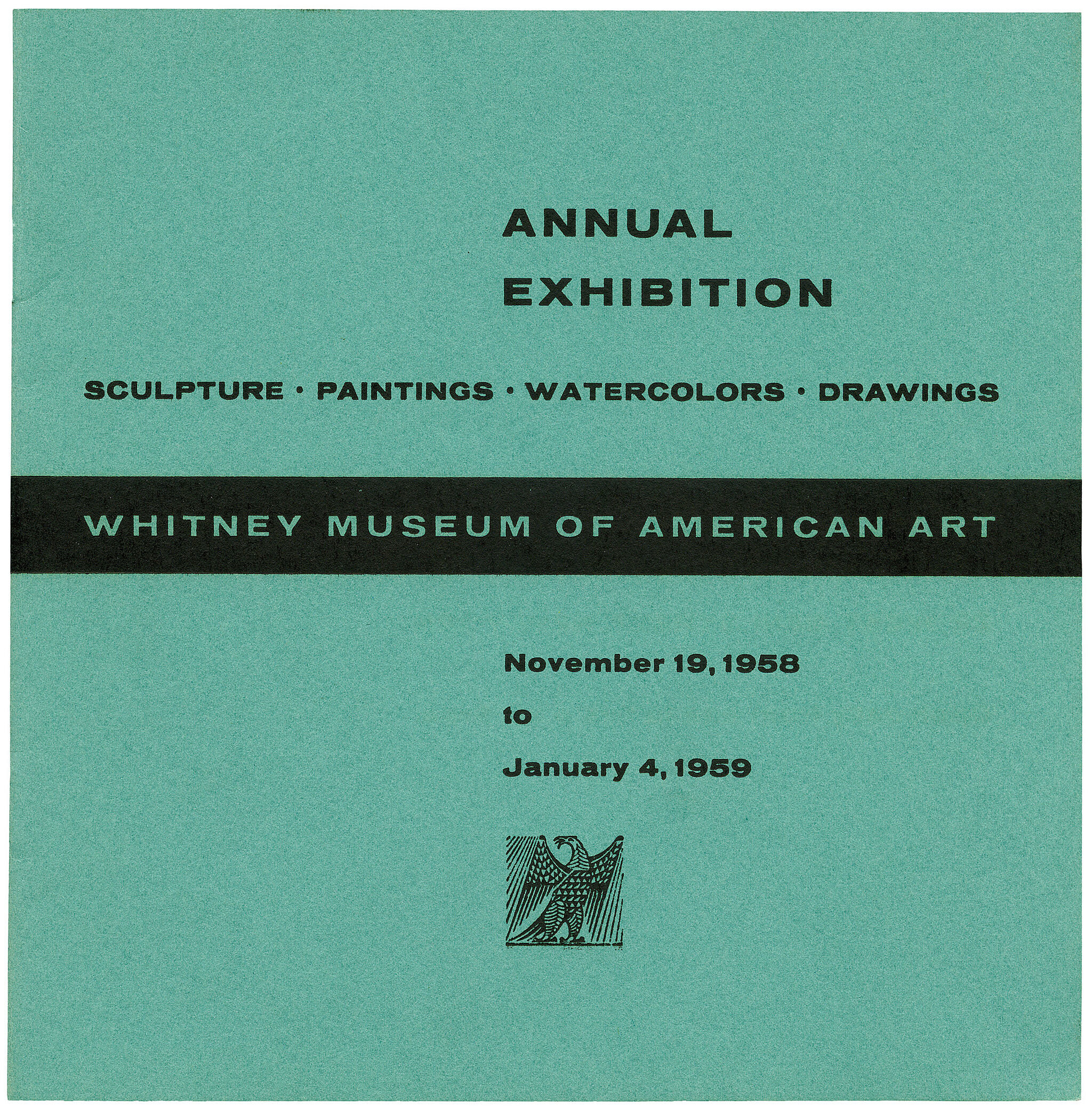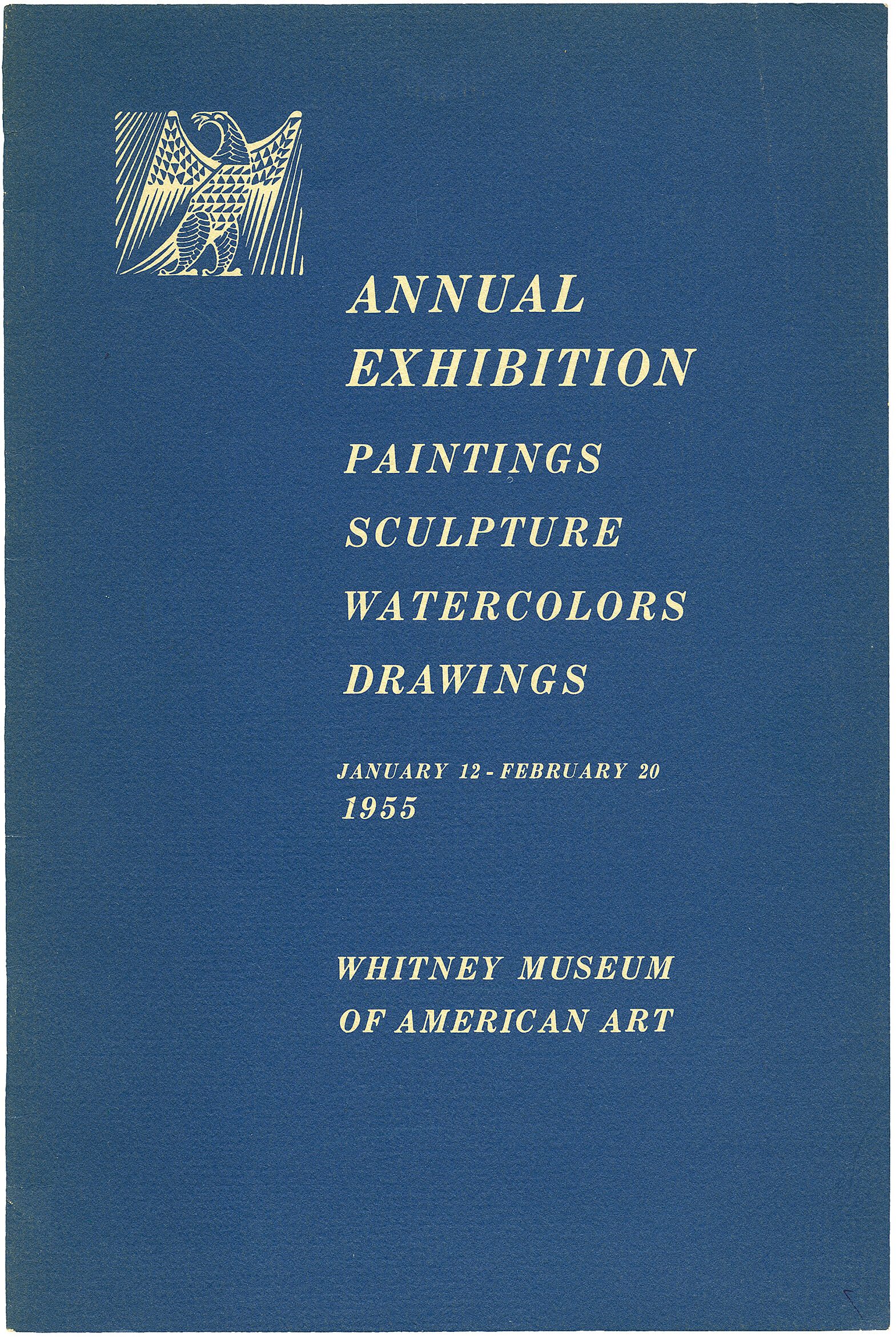Helen Frankenthaler
1928–2011
In 1952, near the outset of her career as an abstract painter, Helen Frankenthaler placed canvas onto the floor and poured turpentine-thinned oil paint directly onto the unstretched surface, creating a technique that became known as “stain painting.” This innovative procedure was celebrated for its emphasis on the inherent flatness of the two-dimensional medium. The uneven rate of the paint’s absorption into the raw, unprimed fabric enabled Frankenthaler to create swathes of densely saturated color or areas of diaphanous pooling.
Jackson Pollock’s propulsive dripping and flinging of paint onto horizontally oriented canvases influenced Frankenthaler’s chosen method. Frankenthaler, in turn, inspired her fellow second-generation Abstract Expressionists, including Kenneth Noland and Morris Louis, to adopt staining practices. Critics referred to these artists as either Color Field painters, due to their emphasis on free-form stretches of color, or practitioners of Postpainterly Abstraction, terminology that emphasizes the artists’ replacement of gestural, sweeping brushstrokes with directly poured paint.
In the early 1960s Frankenthaler began to incorporate acrylic paints into her process. This synthetic medium would dry before it was able to fully soak into the support, “flooding” the canvas with color and leaving her with brighter results. For works such as Flood, she was able to execute forms quickly and create clear delineations between bands of color. If, as she described, “I don’t start with a color order but find the color as I go,” then in Flood she found a deluge of variegation. Despite her abstract working mode, Frankenthaler’s paintings recall the natural world. Flood demonstrates how nonrepresentational striations can also suggest sky, clouds, water, and earth.
Introduction
Helen Frankenthaler (December 12, 1928 – December 27, 2011) was an American abstract expressionist painter. She was a major contributor to the history of postwar American painting. Having exhibited her work for over six decades (early 1950s until 2011), she spanned several generations of abstract painters while continuing to produce vital and ever-changing new work. Frankenthaler began exhibiting her large-scale abstract expressionist paintings in contemporary museums and galleries in the early 1950s. She was included in the 1964 Post-Painterly Abstraction exhibition curated by Clement Greenberg that introduced a newer generation of abstract painting that came to be known as color field. Born in Manhattan, she was influenced by Greenberg, Hans Hofmann, and Jackson Pollock's paintings. Her work has been the subject of several retrospective exhibitions, including a 1989 retrospective at the Museum of Modern Art in New York City, and been exhibited worldwide since the 1950s. In 2001, she was awarded the National Medal of Arts.
Frankenthaler had a home and studio in Darien, Connecticut.
Wikidata identifier
Q235281
Information from Wikipedia, made available under the Creative Commons Attribution-ShareAlike License . Accessed December 23, 2025.
Introduction
Second-generation Abstract Expressionist painter developed the technique of staining raw canvas with pigment. She is credited as the progenitor of Color-field painting.
Country of birth
United States
Roles
Artist, graphic artist, lithographer, painter, sculptor, teacher, woodcutter
ULAN identifier
500115813
Names
Helen Frankenthaler, H. Frankenthaler, Mrs. Robert Burns Motherwell
Information from the Getty Research Institute's Union List of Artist Names ® (ULAN), made available under the ODC Attribution License. Accessed December 23, 2025.

